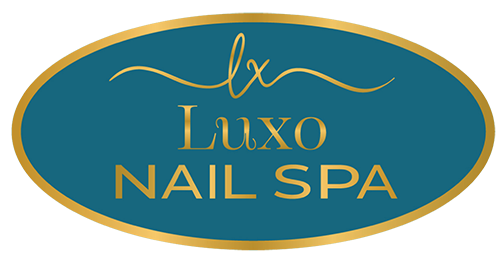Manicure Safety: Nail Health & Hygiene Tips from Experts
- luxonailspa2
- May 17
- 2 min read
Discover if regular manicures are safe. Get dermatologist-approved tips on nail health, salon hygiene, and how to protect your nails.
Learn how to enjoy manicures safely. These nail care and hygiene tips will help you avoid infections and keep your nails healthy.
Introduction: Are Regular Manicures Safe?
Manicures are more than a beauty routine—they’re a form of self-expression and self-care. But while polished nails look great, many people wonder whether it's safe to indulge in manicures frequently. This guide explores the health implications of regular manicures and provides dermatologist-approved tips to keep your nails healthy and beautiful.
The Benefits and Risks of Frequent Manicures
Regular manicures can boost your confidence, create a polished appearance, and even offer relaxation. However, frequent treatments come with risks. Over time, exposure to harsh chemicals, poor hygiene practices, and continuous polishing can weaken nails, cause thinning, and lead to infections or allergic reactions. Understanding both the benefits and the risks helps you enjoy manicures responsibly and safely.
Dermatologist-Approved Manicure Safety Tips
To keep your nails healthy while still enjoying regular salon visits, dermatologists recommend a few simple but important practices. First, always choose a clean, reputable salon. Check for licenses, reviews, and visible sanitation measures. Second, bring your own tools whenever possible. Using your personal nail file,buffer, and clippers lowers your risk of exposure to shared bacteria or fungi. Third, avoid cutting your cuticles. They act as a barrier between your skin and potential infections—pushing them back gently is a much safer option. Fourth, give your nails regular breaks. Taking a “nail holiday” every few weeks allows them to recover and remain strong. Fifth, always moisturize after each appointment. Acetone, soap, and UV lights can dry out the nail and surrounding skin, so nourishing them with hand cream or cuticle oil helps maintain elasticity and hydration. Lastly, look out for red flags in the salon, like dirty tools or reused buffers. If something feels off—trust your gut and leave.
How to Check for Proper Salon Hygiene
When you enter a nail salon, cleanliness should be obvious. Workstations should be spotless, tools should be sanitized and ideally sealed, and the staff should wear gloves or wash their hands regularly. Don’t hesitate to ask how they sterilize their tools or how often they clean their foot baths. A good salon will appreciate clients who care about safety and won’t be offended by questions.
Signs of Nail Damage and When to Stop
Even if you're careful, sometimes your nails may show signs of overuse. Look for symptoms like discoloration, brittleness, peeling, soreness, or swelling. These are often signals that your nails need rest—or that an infection might be brewing. If your nails hurt, feel unusually soft, or show changes in color or shape, pause your manicure routine and consider seeing a dermatologist to rule out more serious concerns.
Final Thoughts: Safe and Stylish Nails Are Possible
The good news? You can absolutely enjoy beautiful nails without compromising your health. By following dermatologist-approved practices, choosing salons with high hygiene standards, and listening to your body, you can keep your nails looking fantastic and feeling strong. Safe, stylish nails are 100% achievable with the right care and attention.





Comments